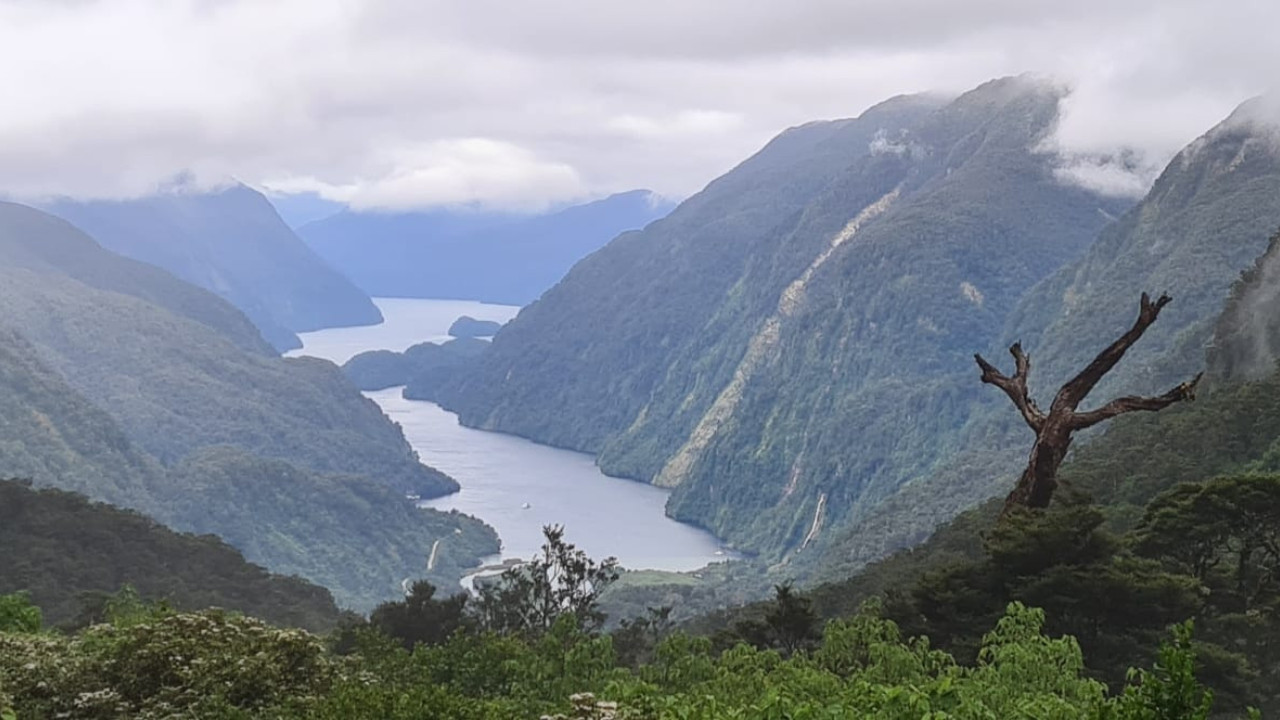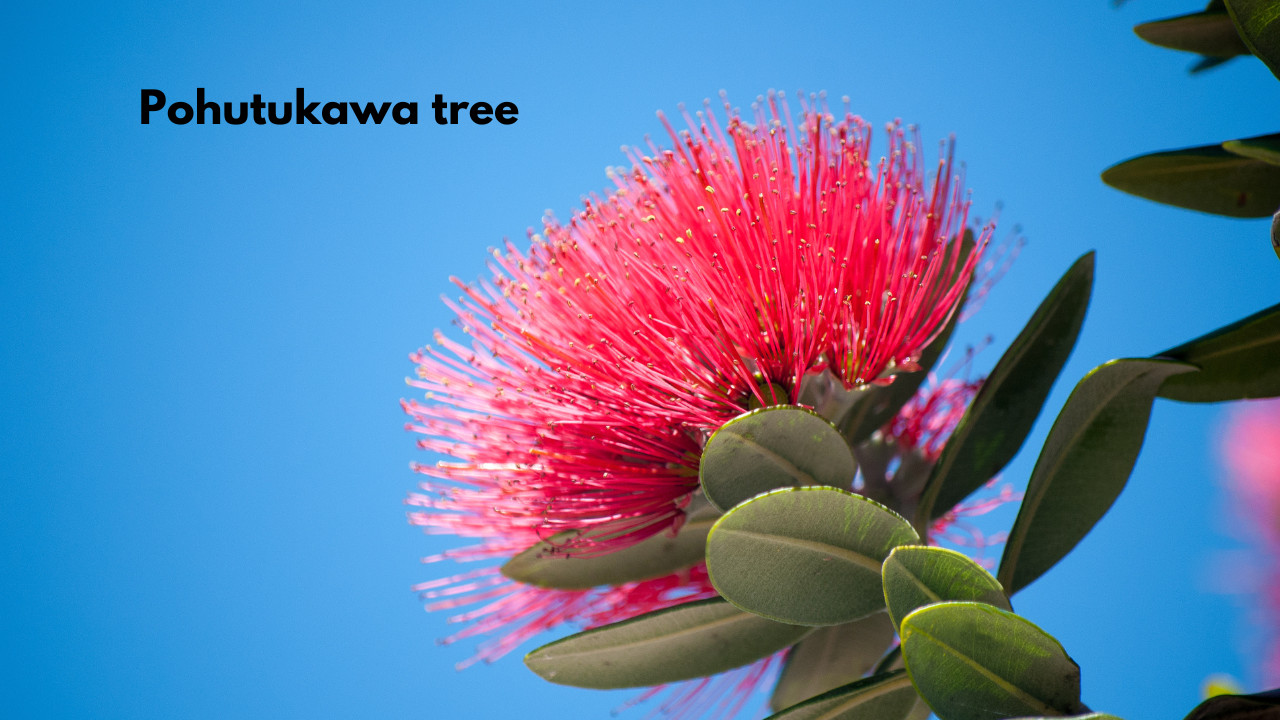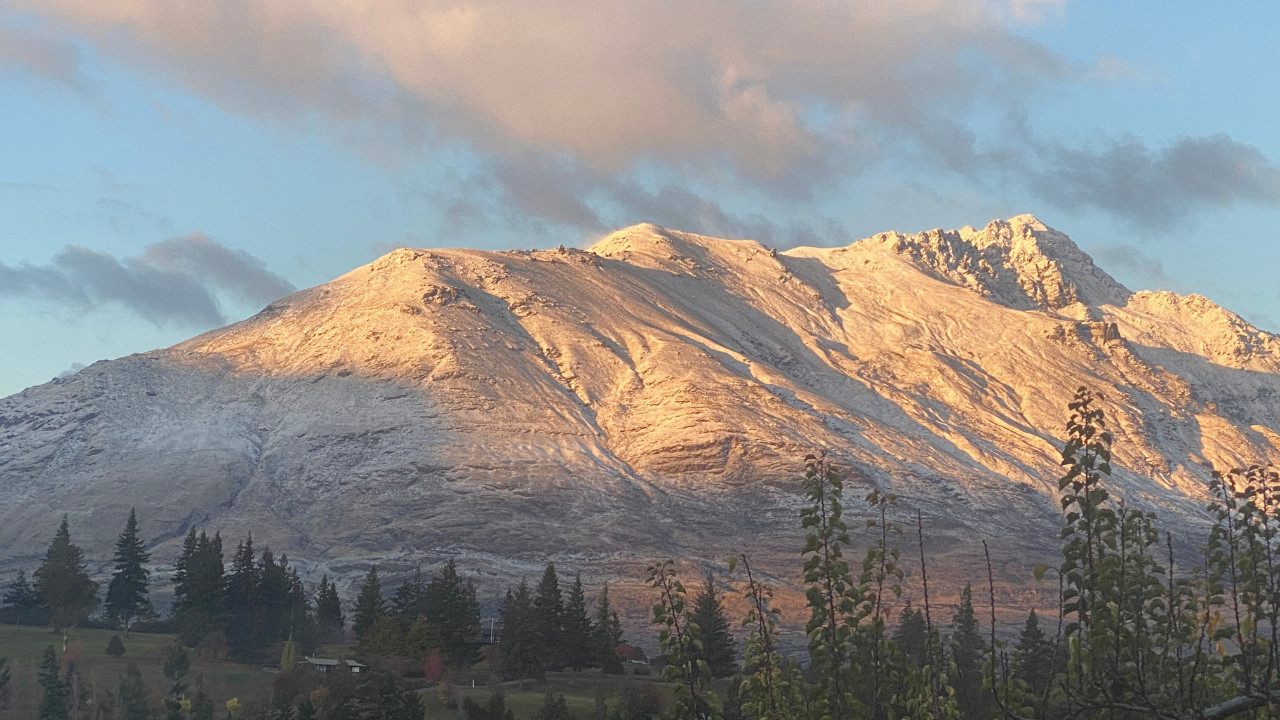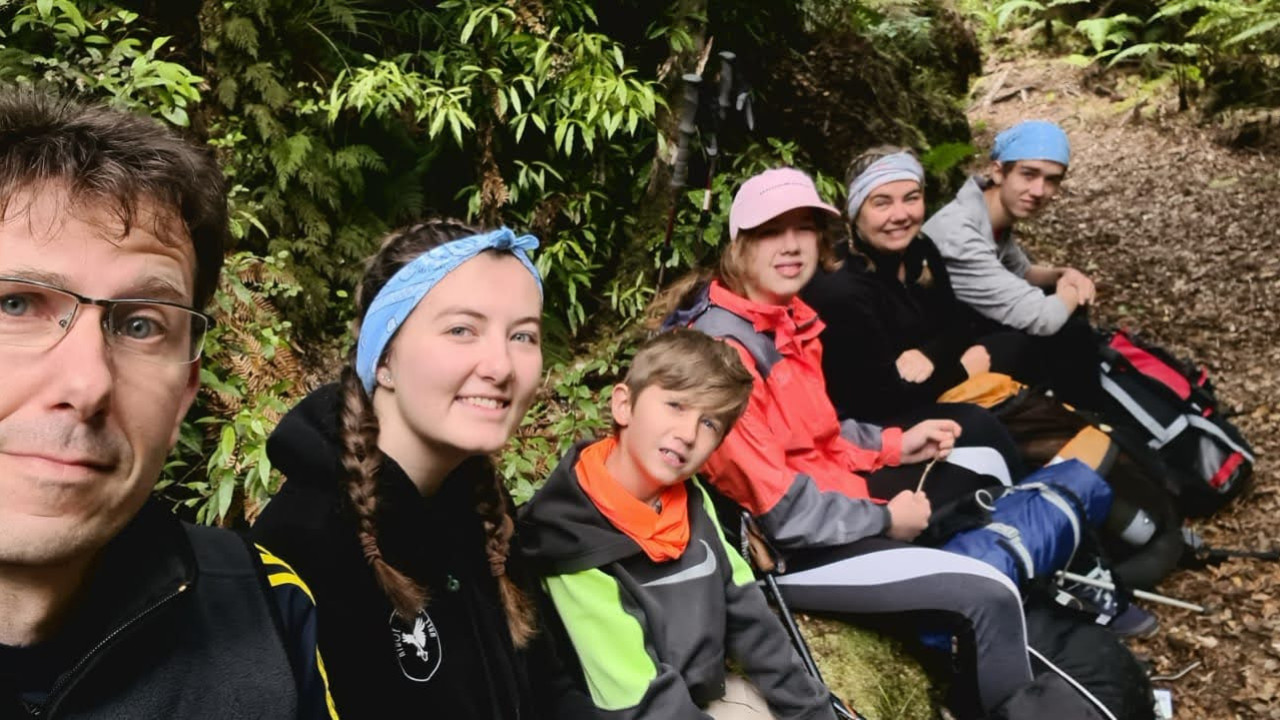Planning a trip to the stunning landscapes of New Zealand? Deciding on the Best Time To Travel To New Zealand can significantly enhance your experience. As someone who relocated my family of six from the US to New Zealand in 2013, I can confidently say there’s no truly bad time to visit this beautiful country. However, some periods are undoubtedly better than others, depending on your priorities and interests. New Zealand remains remarkably green year-round, offering unique charms in every season.
 new zealand mountains and rivers
new zealand mountains and rivers
In my experience, February and March stand out as the best time to visit New Zealand. While January boasts fantastic weather, it coincides with peak holiday season in New Zealand. During January and February, locals are on vacation for the extended 6-week school holidays, leading to higher prices and crowded attractions. Choosing February and March allows you to enjoy equally superb weather with fewer crowds and potentially lower costs.
For those passionate about winter sports, particularly skiing and snowboarding, June to August offers an exhilarating experience. Though it might seem unusual for Northern Hemisphere residents, these months are winter in New Zealand. While school holidays in July can lead to busier ski fields, avoiding those weeks will reward you with less crowded slopes and incredible skiing conditions.
Living in the Wellington region, specifically Lower Hutt in the North Island, I’ve personally experienced and appreciated both peak and off-peak seasons. Each offers a unique perspective and set of activities to enjoy.
If you’re considering a trip to NZ, you might be interested in my travel course designed to help you experience New Zealand like a local, but even better. You can get a sneak peek HERE.
Unlocking New Zealand’s Seasons: Finding Your Perfect Time to Visit
Let’s delve deeper into New Zealand’s seasons to pinpoint the ideal time for your adventure, whether you’re dreaming of basking in the New Zealand summer sun, hitting the slopes for winter sports, or exploring vineyards during the quieter shoulder seasons like autumn.
Understanding New Zealand’s Climate and Seasons
To determine the best time to travel to New Zealand, it’s crucial to grasp the country’s seasonal patterns. Being in the Southern Hemisphere, New Zealand’s seasons are opposite to those in the Northern Hemisphere. Summer in New Zealand occurs from December to February, while winter spans from June to August.
Generally, the North Island enjoys milder temperatures throughout the year compared to the South Island. However, both islands experience warm summers, with average daytime temperatures ranging from 12-25°C (53-77°F). The winter months transform parts of the country into a snowy paradise, especially appealing for snow sports enthusiasts. July is typically the coldest month in New Zealand, perfect if you’re seeking snow-covered mountains.
Tara’s Tip: Even during winter, New Zealand often has stunningly beautiful days. Wellington, in particular, is delightful in both summer and winter when the weather is fine!
North Island vs. South Island Weather Patterns
The climate can vary significantly between the North and South Islands, influencing the best time to visit New Zealand depending on your destination and activities.
| Island/Season | Coastal Areas (Summer) | Inland Areas (Summer) | Coastal Areas (Winter) | Inland Areas (Winter) |
|---|---|---|---|---|
| North Island | 20°C to 25°C (68°F to 77°F) | Up to 30°C (86°F) | 10°C to 15°C (50°F to 59°F) | 0°C to 8°C (32°F to 46°F) |
| South Island | 16°C to 20°C (61°F to 68°F) | 16°C to >30°C (61°F to 86°F+) | 8°C to 12°C (46°F to 54°F) | Below 0°C to 12°C (32°F to 54°F) |
Summer (December – February): This is generally considered the peak season to visit New Zealand for warm weather activities. Expect long sunny days, ideal for hiking, beaches, and water sports. The North Island is warmer and more humid, while the South Island is slightly cooler and drier.
Autumn (March – May): Autumn is a fantastic shoulder season to visit New Zealand. The weather remains pleasant, with fewer crowds and stunning fall foliage, especially in the South Island. This is harvest season in wine regions and a great time for hiking and scenic drives.
Winter (June – August): The best time to visit New Zealand for skiing. Mountainous areas in both islands receive significant snowfall. Winter is less crowded outside of ski resorts and offers a different kind of beauty, with crisp, clear days.
Spring (September – November): Another excellent shoulder season to travel to New Zealand. Spring brings blooming flowers, milder temperatures, and fewer tourists than summer. It’s a great time for hiking, cycling, and enjoying nature as it awakens after winter.
Seasonal Blooms and Natural Highlights
Each season in New Zealand brings its own unique floral and scenic displays:
| Season/Island | North Island | South Island |
|---|---|---|
| Summer | Pohutukawa (Coastal Areas) – vibrant red flowers, symbolizing Kiwi Christmas | Lupins (Canterbury Plains) – colorful fields of lupins |
| Spring | Magnolias, Rhododendrons (Taranaki) – vibrant floral displays | Wildflowers (Otago) – diverse and colorful wildflowers bloom |
| Autumn | — | Rata Trees – late-blooming rata trees can show color in autumn |
| Winter | — | — |
Tara’s Tips: My absolute favorite bloom in New Zealand is the Pohutukawa tree (pronounced Poh-hoo-too-kah-wah). Its vibrant red flowers are a stunning sign that summer is truly on its way.
 Pohutakawa tree in bloom
Pohutakawa tree in bloom
Peak Tourist Season in Detail
New Zealand’s allure as a travel destination peaks during its summer months, particularly in January, which is often considered the busiest tourist month. The combination of long, sunny days and warm temperatures creates ideal conditions for exploring the outdoors.
During peak season, expect popular spots, from beaches to hiking trails, to be more crowded. However, this vibrant period also brings numerous festivals and events across the country, adding to the lively atmosphere. Locals also take advantage of the summer holidays, increasing domestic travel and activity.
Month-by-Month Guide to New Zealand’s Tourism Seasons
To better plan your trip and determine the best time to visit New Zealand for your preferences, here’s a more detailed month-by-month breakdown:
January:
- Peak summer, warmest month.
- Ideal for beach holidays and water activities.
- High tourist numbers and prices.
- Numerous festivals and events nationwide.
February:
- Continues summer warmth.
- Excellent for outdoor adventures, hiking, and water sports.
- Wine festivals in regions like Marlborough and Hawke’s Bay.
- Slightly fewer crowds than January.
March:
- Transition from summer to autumn.
- Pleasant weather, fewer crowds.
- Harvest season in vineyards, scenic autumn colors beginning to appear.
- Good for hiking and cycling.
April:
- Autumn in full swing, beautiful fall foliage.
- Mild temperatures, comfortable for outdoor activities.
- ANZAC Day commemorations offer cultural experiences.
- Fewer tourists, more peaceful exploration.
May:
- Temperatures start to cool down.
- Onset of ski season in higher altitudes.
- Considered a shoulder season, offering fewer crowds and potentially lower prices.
- Bluff Oyster and Food Festival in Bluff.
June:
- Winter begins, colder temperatures.
- Ski resorts open and become active.
- Shortest days of the year.
- Good for winter sports enthusiasts seeking early season snow.
July:
- Mid-winter, coldest month.
- Peak ski season in mountainous areas.
- Winter festivals, especially in the South Island.
- School holidays can increase crowds at ski fields.
August:
- Late winter, transitioning towards spring.
- Continued snowfall in higher altitudes, good skiing.
- Early spring blossoms in some regions.
- Fewer crowds than peak winter holiday periods.
September:
- Spring begins, wildflowers start to bloom.
- Days lengthen and temperatures rise.
- Lambing season in rural areas, charming pastoral landscapes.
- Ideal for hiking and enjoying spring scenery.
October:
- Spring in full bloom, vibrant gardens and parks.
- Pleasant weather for outdoor activities.
- Less crowded than summer peak season.
- Good for exploring nature and wildlife.
November:
- Transition from spring to summer.
- Warmer days, outdoor activities become popular again.
- Lush green landscapes from spring rainfall.
- Another excellent shoulder season with comfortable weather.
December:
- Start of summer, festive atmosphere.
- Pohutukawa trees blossom, iconic Kiwi Christmas symbol.
- Holiday celebrations and events.
- Tourist numbers start to increase towards peak season.
Shoulder Season: The Sweet Spot for Travel
For travelers seeking a balance between good weather, fewer crowds, and potentially lower prices, the shoulder seasons of spring (September-November) and autumn (March-May) are often the best times to visit New Zealand.
Shoulder season travel offers milder weather, still suitable for most outdoor activities, without the intensity of summer heat or winter cold. You’ll find popular attractions less congested, allowing for a more relaxed and personal experience. Accommodation and tour prices can also be more affordable during these periods.
According to Tourism New Zealand statistics, May, in autumn, is frequently cited as one of the least crowded months. This allows for greater freedom and space to explore New Zealand’s natural wonders at your own pace.
Tara’s tips: If you’re coming from densely populated parts of the world, you might not find New Zealand crowded even in peak season. With only around 5 million New Zealanders, it’s still possible to find beaches and trails all to yourself, even during the busiest times.
 Secluded beach in New Zealand
Secluded beach in New Zealand
Winter Sports and Ski Season: A Snowy Paradise
For those who live for the thrill of snow sports, New Zealand transforms into a winter wonderland from June to August. Both the North and South Islands offer fantastic skiing and snowboarding destinations.
The New Zealand ski season generally begins in June, with areas like Queenstown becoming hubs for winter sports enthusiasts. Imagine skiing down pristine slopes with stunning views of snow-capped mountains and clear lakes – a quintessential New Zealand winter experience.
Snowfall is typically reliable from July through September, depending on the specific location and altitude. It’s always advisable to check local weather forecasts and snow conditions before heading to the mountains.
| Ski Field | Island | Lift Ticket Price (Starting at 2023) | Rental Price (Starting at 2023) |
|---|---|---|---|
| Mt Ruapehu | North | NZD $90 | NZD $40 |
| Cardrona Alpine Resort | South | NZD $110 | NZD $45 |
| Coronet Peak | South | NZD $120 | NZD $50 |
| The Remarkables | South | NZD $120 | NZD $50 |
| Treble Cone | South | NZD $130 | NZD $48 |
| Mt Hutt | South | NZD $115 | NZD $49 |
Outdoor Activities by Season
New Zealand’s diverse climate and landscapes mean there’s a plethora of outdoor activities to enjoy year-round. The best time to visit New Zealand for outdoor activities largely depends on what you wish to experience.
Summer Adventures
Summer in New Zealand is prime time for a wide range of outdoor pursuits. The long daylight hours and warm temperatures are perfect for exploration. February is particularly favorable as regions like Auckland, Wellington, and Christchurch tend to be driest then.
Popular summer activities include:
- Exploring the Coromandel Peninsula with its beautiful beaches and coastal scenery.
- Hiking and kayaking in Abel Tasman National Park.
- Wine tasting in Hawke’s Bay vineyards.
- Thrill-seeking activities like bungee jumping and jet boating.
- Trekking along the numerous scenic trails throughout the country.
| Adventure | Description | Location |
|---|---|---|
| Skydiving | Experience free fall from extreme heights. | Queenstown, Taupo, Wanaka |
| Bungee Jumping | Plunge from bridges or platforms. | Queenstown (Kawarau, Nevis) |
| White Water Rafting | Navigate river rapids for adrenaline. | Rotorua, Queenstown |
| Kayaking | Paddle pristine waters and coastlines. | Abel Tasman, Milford Sound |
| Hiking/Trekking | Explore trails from easy walks to multi-day treks. | Tongariro, Routeburn, Milford Tracks |
| Caving & Glowworm Tours | Discover underground caverns and glowworms. | Waitomo, Te Anau |
| Mountain Biking | Ride diverse terrains on maintained tracks. | Rotorua, Nelson, Queenstown |
| Paragliding & Hang Gliding | Soar over landscapes for panoramic views. | Queenstown, Wanaka, Christchurch |
| Whale & Dolphin Watching | Observe marine life in their habitat. | Kaikoura, Bay of Islands |
| Ziplining | Glide through forests on cables. | Waiheke Island, Rotorua |
Tara’s Tips: In summer, I love visiting wineries, relaxing on beaches, and going hiking. My kids have even tried bungee jumping (much to my initial concern!). If you enjoy hiking or backpacking, tackling one of New Zealand’s Great Walks is highly recommended. These require advance booking, especially during peak season.
| Great Walk | Island | Duration | Distance (km) |
|---|---|---|---|
| Lake Waikaremoana | North | 3-4 days | 46 |
| Tongariro Northern Circuit | North | 3-4 days | 43.1 |
| Whanganui Journey | North | 3-5 days | 145 (river journey) |
| Abel Tasman Coast Track | South | 3-5 days | 60 |
| Heaphy Track | South | 4-6 days | 78.4 |
| Paparoa Track & Pike29 Memorial Track | South | 2-3 days | 55.7 |
| Routeburn Track | South | 2-4 days | 32.4 |
| Kepler Track | South | 3-4 days | 60 |
| Milford Track | South | 4 days | 53.5 |
| Rakiura Track | Stewart Island | 3 days | 32 |
 Family Backpacking in New Zealand
Family Backpacking in New Zealand
Festivals and Events Across the Seasons
New Zealand’s vibrant culture is showcased through numerous festivals and events throughout the year.
Marlborough Wine Festival (February): A highlight for wine lovers, celebrating top New Zealand wines and sustainable practices.
Auckland International Film Festival (July): Showcasing international and local films, also held in Wellington.
Bluff Oyster and Food Festival (May): A celebration of Bluff oysters and other seafood in the ‘oyster capital’ of Bluff.
Warbirds Over Wanaka Airshow (Easter Weekend – Biennial): A spectacular airshow featuring historic aircraft over Lake Wanaka.
Exploring New Zealand’s Natural Wonders by Season
New Zealand’s natural beauty is a major drawcard, and the best time to visit New Zealand for specific landscapes can vary.
National Parks: New Zealand’s national parks are stunning year-round. Abel Tasman National Park is best enjoyed in summer for its beaches and coastal tracks. Franz Josef Glacier is particularly striking in winter against a clear sky.
Coromandel Peninsula: With its North Island climate advantage, the Coromandel Peninsula is beautiful year-round, offering sunny summers and mild winters.
Rainy Weather Considerations: Be prepared for rain regardless of when you visit. July is typically rainiest in Auckland, Wellington, and Christchurch; December in Queenstown; and March in Central Otago. However, rain often contributes to the dramatic beauty of the landscapes.
Tara’s Essential Travel Tips:
- Every season in New Zealand offers unique magic, making each visit memorable.
- Even if short on time, a helicopter ride to Milford or Doubtful Sound is highly worthwhile.
- I highly recommend backpacking in Abel Tasman National Park.
- Make the effort to visit Wharariki Beach, famous for its stunning scenery and often featured as a screensaver.
FAQs: Planning Your Trip to New Zealand
What is the cheapest time to visit New Zealand?
The cheapest time to visit New Zealand is generally during the shoulder seasons: spring (September-November) and autumn (March-May). These periods offer a combination of fewer crowds, pleasant weather, and lower prices on flights and accommodation.
What is the rainy season in New Zealand?
Rainy seasons vary regionally. July is typically the rainiest month for Auckland, Wellington, and Christchurch. Queenstown tends to be wettest in December, and Central Otago in March.
How long is ideal for a New Zealand visit?
To truly appreciate both the North and South Islands, aim for a 2-4 week trip. This duration allows ample time to explore diverse landscapes and activities without rushing.
What is the best month to visit both Australia and New Zealand?
For a balance of good weather in both Australia and New Zealand, February or March is often a good choice. These months offer warm weather in Australia and the tail end of summer/start of autumn in New Zealand.
To learn more about our experiences in New Zealand, visit our Kiwiamericans YouTube Channel or my website kiwiamericans. Don’t forget to check out my FREE Masterclass for more insights into moving to New Zealand.
Subscribe for More New Zealand Travel Tips!
Join our community for weekly updates on all things New Zealand!
We respect your privacy and will never share your information.
